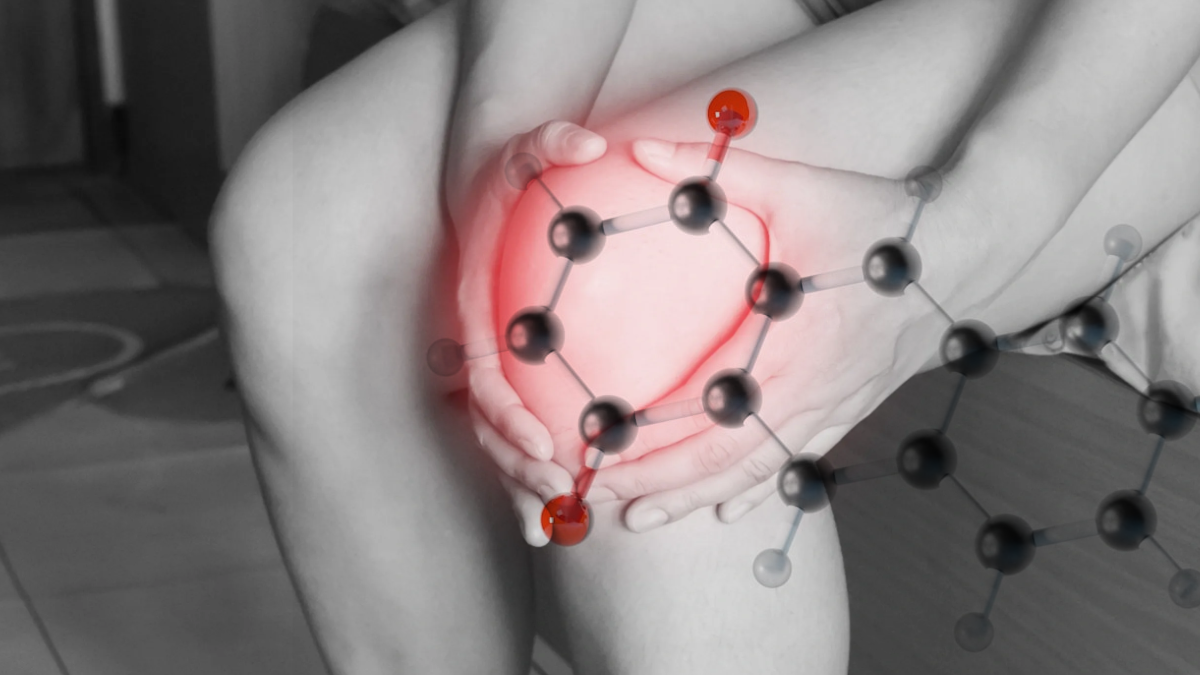A Research-Only Overview of a Synthetic Peptide with Regenerative Potential
TB-500, a synthetic peptide fragment of Thymosin Beta-4 (Tβ4), has become a topic of considerable interest in the fields of cellular biology, wound healing, and tissue regeneration research. Though not approved for human use, its role in preclinical studies has made it a significant molecule for scientific exploration.
🔬 What is TB-500?
TB-500 is a 43 amino acid synthetic version of a segment of the naturally occurring peptide Thymosin Beta-4, which is found in nearly all human and animal cells. TB-500 is designed to mimic some of the key biological activities of its parent compound while offering greater stability and easier synthesis for research environments.
🔎 Areas of Research
1. Tissue Repair and Regeneration (Rodent Models)
Preclinical studies suggest that TB-500 may support cellular repair mechanisms through:
- Actin regulation
- Angiogenesis
- Fibroblast migration
- Inflammation modulation
In rodent models, TB-500 has been observed to promote faster healing in injured tendons, muscles, and other connective tissues.
2. Cardiovascular and Vascular Research
Several animal studies have investigated TB-500 in the context of cardiac repair following myocardial infarction. Research suggests the peptide may enhance endothelial cell migration and support vascular remodeling under ischemic conditions.
3. Eye and Corneal Repair Studies
In rabbit and mouse models, TB-500 has shown potential in corneal wound healing. Its ability to increase cell migration and reduce inflammation has made it a compound of interest in ophthalmologic research.
4. Hair Growth and Skin Health (Experimental Models)
Emerging rodent data suggest TB-500 may influence hair follicle activation and dermal regeneration, potentially by stimulating progenitor cell migration and angiogenesis in the skin.
🧪 Proposed Mechanisms of Action
While research is still ongoing, TB-500 is believed to exert its effects through several mechanisms:
- Binding to G-actin, influencing cytoskeletal structure and cell motility
- Enhancing angiogenesis via VEGF pathways
- Supporting mitochondrial protection and ATP production in stressed tissues
- Reducing pro-inflammatory cytokines
These effects are believed to act synergistically to support tissue resilience and regeneration in various models.
📦 Storage and Handling for Lab Use
- Store lyophilized TB-500 powder at -20°C
- Once reconstituted, refrigerate and use promptly
- Always follow institutional lab safety protocols
⚠️ Research Use Only
At Optim Chems, we emphasize that TB-500 is not approved for human use. All compounds are provided for laboratory research only. We do not make claims regarding medical use, safety, or efficacy outside of controlled preclinical research environments.
Do not use for human consumption. For research purposes only.
🧠 Conclusion
TB-500 stands at the forefront of regenerative research. From soft tissue recovery to cardiovascular repair, the peptide continues to be studied for its role in facilitating cell migration, angiogenesis, and wound healing processes in laboratory models.
As research advances, TB-500 remains an essential component for labs interested in the frontiers of tissue biology and repair science.
Need TB-500 for your lab’s next study?
Explore TB-500 – Research Use Only →

